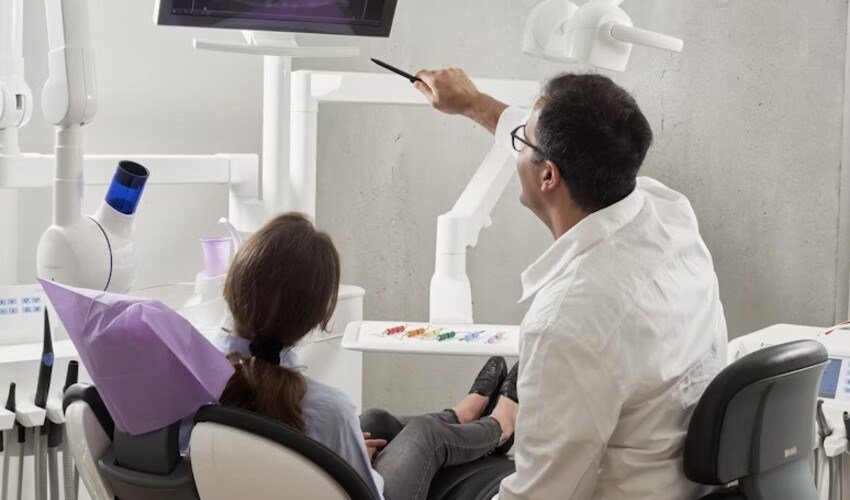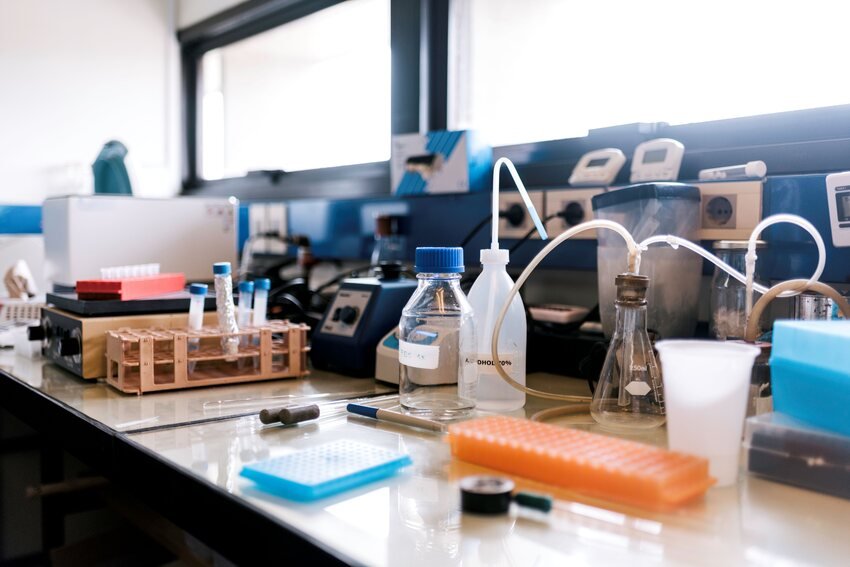Oral health care has changed drastically over the years. Do you know that in the 18th century, barbers doubled as dentists and used crude tools like dental pincers to extract teeth? We have certainly come a long way from those painful times.
When severe pain or a broken tooth prompts you to search for a “dentist near me“, you encounter hundreds of practices advertising advanced treatments. Some are actively embracing the wave of evolution by implementing cutting-edge technologies.
For instance, Perceptive, a tech company from Boston, has achieved the world’s first fully automated dental procedure. The robot performed tooth cutting with a 90% accuracy rate, compared to traditional X-rays’ 40%, and aims to complete procedures like crown placements within 15 minutes.
Such developments represent a step in the right direction. According to the Centers for Disease Control and Prevention, oral diseases inflict pain and disability on millions of Americans while draining billions from taxpayers annually. Why endure outdated methods when dental care has been revolutionized by technology?
This article specifically highlights how modern innovations transform patient experiences and clinical outcomes.
AI-Powered Diagnostic Tools
Remember when diagnosing dental problems felt like detective work? Dentists squinted at X-rays, making educated guesses about shadows and suspicious spots. Those days are ending.
Artificial intelligence now processes dental images with remarkable precision. AI algorithms analyze panoramic radiographs at unprecedented speeds. A recent study revealed these systems work 79 times faster than human dentists while achieving a macro-averaged AUC-ROC of 96.2% across eight findings, including periapical radiolucencies and missing teeth.
This technology enhances diagnostic accuracy by catching details that might escape human observation. Early-stage conditions become visible before symptoms develop. A small cavity gets identified months before it would typically cause discomfort. Developing infections get detected before they progress to painful stages.
Earlier detection translates to more conservative treatments and improved patient outcomes. Problems addressed in their initial phases require less invasive procedures and shorter recovery times. Patients benefit from preventive interventions rather than reactive emergency treatments when conditions have already caused significant damage.
Improved Dental Sedation
Dental phobia and anxiety are common, affecting more than one in every ten Americans. Statistically speaking, nearly 40 million people avoid essential preventative dental care, according to Aegis Dental Group.
Modern sedation techniques address this widespread barrier with remarkable effectiveness. Advanced sedation methods offer safer, more controlled experiences than previous approaches. These techniques range from mild conscious sedation to deeper levels, depending on patient needs and procedure complexity.
Moreover, the safety profile of contemporary sedation has also improved considerably. Monitoring equipment tracks vital signs continuously during procedures. Medication protocols have been refined to alleviate risks while amping up patient comfort. Recovery times have shortened and side effects have decreased compared to older methods.
For patients who previously postponed treatments, sedation dentistry removes psychological barriers to care. Complex procedures become a lot of manageable experiences rather than traumatic ordeals for individuals with a pathological phobia of dental procedures.
Intraoral Scanners
Gone are the days of gagging on goopy impression material while praying it sets quickly. Modern dentistry has moved beyond those uncomfortable molds.
Intraoral scanners create precise digital impressions using advanced optical technology. These handheld devices capture detailed 3D images of your teeth and gums in minutes. The process feels more like getting photographed than undergoing a dental procedure.
The accuracy surpasses traditional impressions significantly. Digital scans eliminate human error from mixing materials or timing issues. Your dentist gets exact measurements immediately, reducing the need for retakes or adjustments later.
Comfort improvements extend beyond the scanning process itself. No more waiting weeks for lab-created crowns or bridges. Many practices now offer same-day restorations using digital data. You walk in with a damaged tooth and leave with a permanent solution.
The technology also improves treatment planning. Dentists can show you exactly what needs attention and explain procedures using your actual tooth images. This transparency builds confidence in recommended treatments.
Teledentistry
Remote dental consultations have opened new doors for accessing oral healthcare. If you live in a remote area or struggle with busy schedules, teledentistry platforms can connect you with dental professionals through secure video calls and digital imaging systems.
You can now discuss symptoms and receive preliminary diagnoses without traveling to a dental office. This proves particularly helpful for initial consultations and follow-up appointments. When dental emergencies strike, you get immediate professional assessment to determine whether urgent in-person care is necessary.
The process works through digital tools that support remote evaluations. Your smartphone camera can capture detailed images of dental conditions when guided by dental professionals. Specialized apps help you document symptoms and track treatment progress between visits.
Rural communities benefit greatly from these services. If you live in an area with limited dental providers, you can access specialist consultations that would otherwise require long-distance travel. This ensures you receive continuous care without treatment delays.
Insurance coverage for teledentistry has also expanded, making remote consultations more financially accessible nationwide.
The Next Step in Patient-Centered Dental Care
With advancements in dental technology, the fear and discomfort traditionally associated with dental visits are becoming a thing of the past. From sedation techniques to robotic-assisted procedures, patient comfort and care are now at the forefront.
These innovations not only make treatments more efficient but also ensure that patients feel less anxious and more willing to maintain their oral health. The future of dentistry is focused on making every visit as stress-free as possible.
Read Dive is a leading technology blog focusing on different domains like Blockchain, AI, Chatbot, Fintech, Health Tech, Software Development and Testing. For guest blogging, please feel free to contact at readdive@gmail.com.





